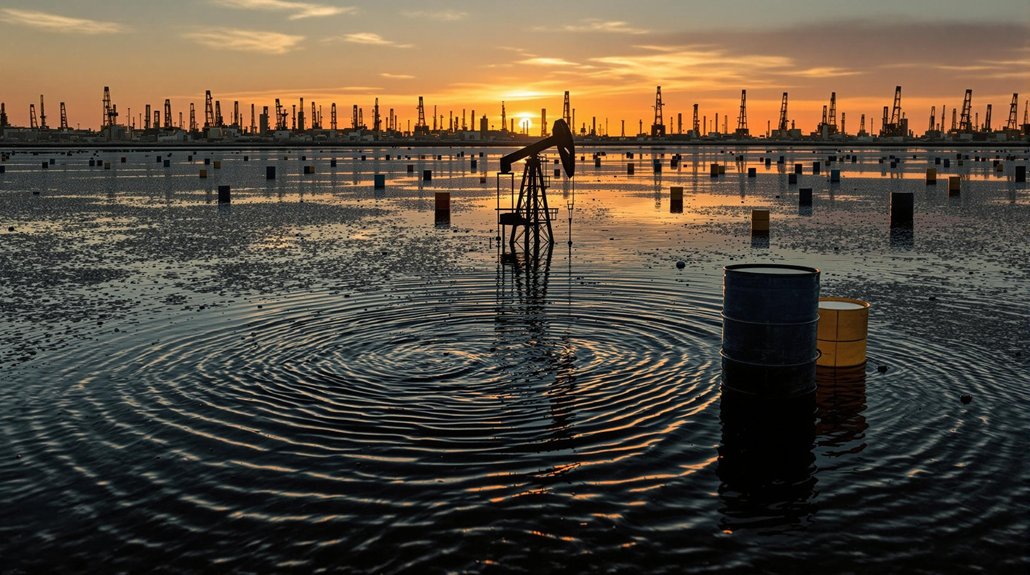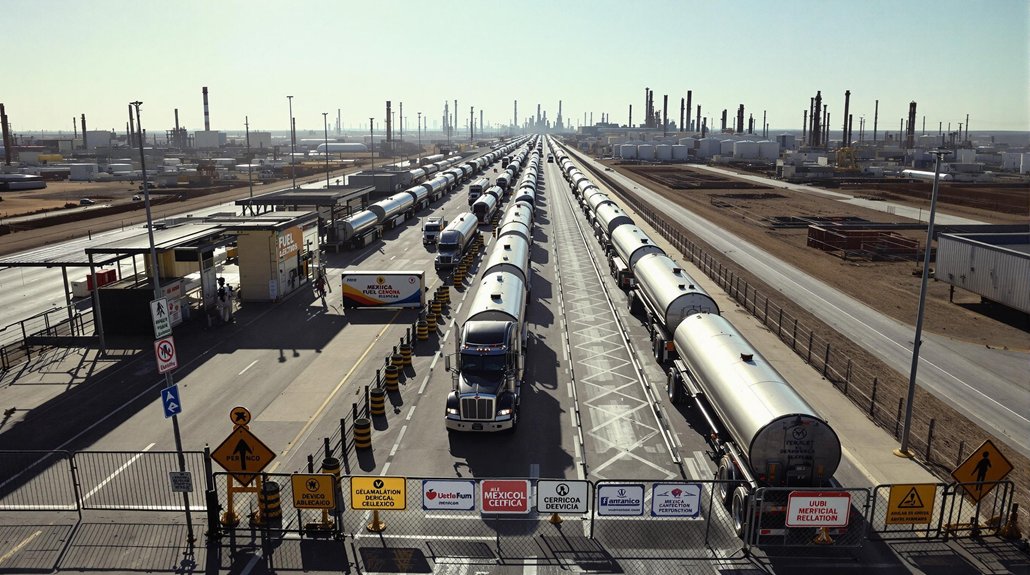Why is Europe dumping trillions into wind farms and solar panels? Simple. The EU has painted itself into a corner with ambitious targets that require moving mountains – or at least building them out of solar panels. They’ve pledged a 42.5% share of renewables in their energy mix by 2030, with hopes of hitting 45%. Right now? They’re at 24.5%. Do the math. That’s roughly 20 percentage points to gain in just seven years. Good luck with that.
Europe isn’t messing around though. Renewable investments surged a whopping 63% recently, leaving American markets in the dust. Clean energy investments globally topped $2 trillion, with Europeans throwing money at wind, solar, and that shiny new toy called green hydrogen. It’s not charity – it’s survival. After Russia decided to play games with gas supplies, European energy security suddenly became very real. Gas demand dropped 13% in 2022. Nothing motivates like freezing in the dark.
Europe’s green spending spree isn’t idealism—it’s survival instinct after Putin’s energy power play.
Some countries are already crushing it. Austria, Sweden, and Denmark generate over 75% of their electricity from renewables. Sweden leads the pack with 66.4% of total energy consumption coming from green sources. Meanwhile, Malta’s struggling at 10.7%. Awkward.
Renewables now account for 46% of all energy produced in the EU – the single largest source. Nuclear trails at 29%, with fossil fuels making up the rest. Sixteen EU countries now produce half or more of their energy from renewables. Malta, ironically, produces only renewable energy domestically – just not much of it.
The shift isn’t without headaches. Grid stability issues, storage needs, and massive infrastructure upgrades are all part of the package. Denmark has emerged as a wind innovations leader, creating economic opportunities while advancing renewable technology. Countries like Albania and Norway have already achieved nearly 100% renewable electricity generation, setting the bar high for their European neighbors.
But with renewables generating a third of global electricity now, Europe’s leadership is driving innovation and competitive pressure worldwide. The remarkable growth of solar power from just 1% in 2008 to over 20% of renewable electricity in 2023 demonstrates how quickly the landscape is changing.
Will they hit their targets? Maybe. Will it be expensive and complicated? Definitely. Is there a choice? Not anymore.
References
- https://www.visualcapitalist.com/mapped-renewable-electricitys-share-across-europe/
- https://ec.europa.eu/eurostat/statistics-explained/index.php/Renewable_energy_statistics
- https://ec.europa.eu/eurostat/web/interactive-publications/energy-2025
- https://www.energyinst.org/statistical-review
- https://reports.weforum.org/docs/WEF_Fostering_Effective_Energy_Transition_2025.pdf








